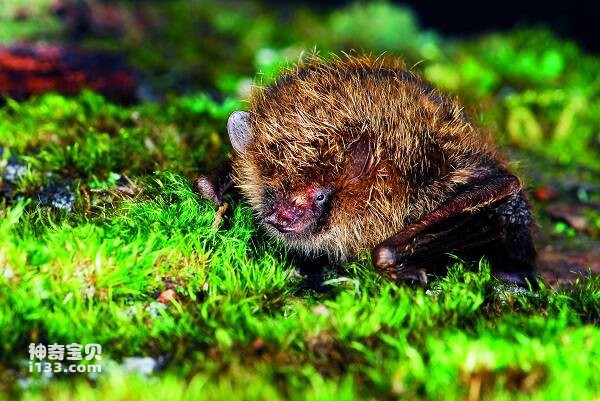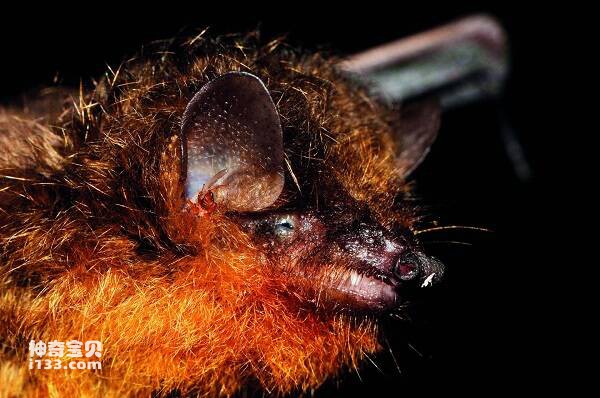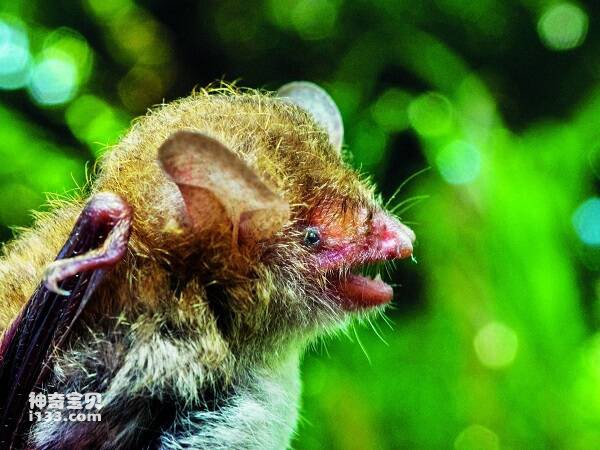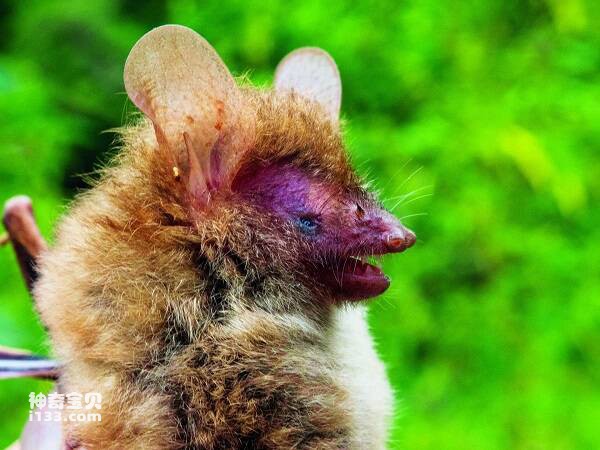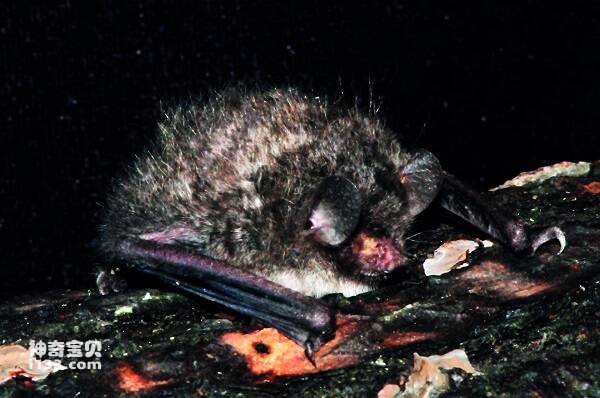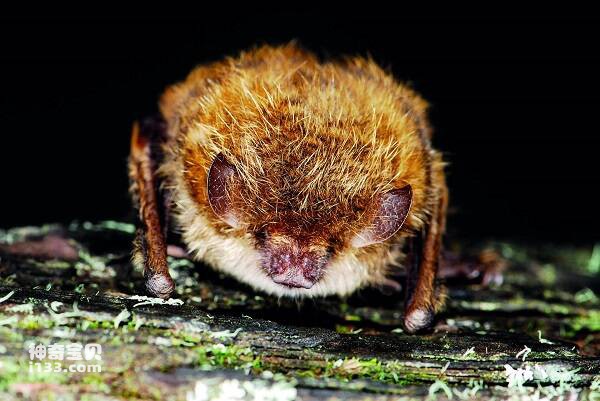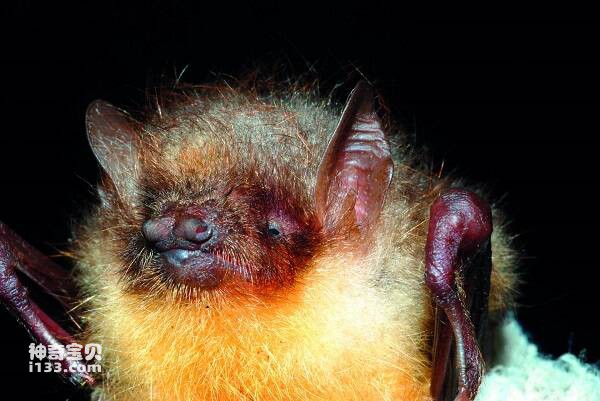Rhinolophus yunnanensis
IUCN
LCBasic Information
Scientific classification
- name:Rhinolophus yunnanensis
- Scientific Name:Rhinolophus yunnanensis
- Outline:Chiroptera
- Family:Pterodactyla Chrysopteridae Chrysopterus
Vital signs
- length:
- Weight:
- lifetime:
Feature
The nose leaves of this species are particularly large (1.3×1.0 cm)
Distribution and Habitat
It is distributed in Yunnan (type origin: Yunnan, Hotha) and Sichuan (Emei Mountain, Meigu). Foreign reports have been distributed from Myanmar, Thailand and northeast India.
They live in small groups in stone caves in the intermountain basins and platforms of South Asia below 1500m elevation.
Appearance
It is very similar to Horseshoe bats, but this species is larger in size. Forearm length 53-60mm, tibia length 25-31mm; The width of the horseshoe blade is 9mm; Ear length 19-27mm. The base of the saddle leaf is slightly extended, and the upper part of the connecting leaf starts from the tip of the saddle leaf and drops in an arc. The leaves of the horse's hooves are broad and the tail is shorter than the shin. The body hair is long and dense, brown. The zygomatic width is slightly larger than the posterior head width.
Details
Rhinolophus yunnanensis was published in 1872 by Dobson on the basis of two male and one female specimens collected in Hotha, China (1371.6m above sea level), and later merged into R. pearsonii by himself. Andersen (1905) compared the description and diagram of the species and pearsonii and found that they should belong to two separate species. Corbet & Hill (1992) also suggested that it should be restored as a separate species, R. yunanensis. Wu et al. (2009) believed that this species was established based on the samples and karyotypes of Emei Mountain in Sichuan, China (2n=46, and <pearsonii> karyotype 2n=44).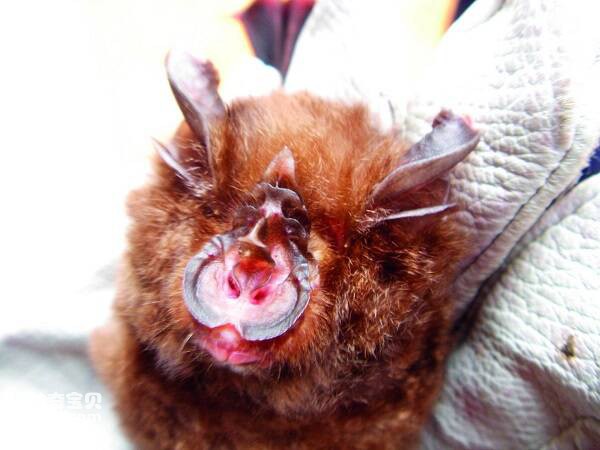
Rhinolophus yunnanensis is endemic to China and is only distributed in western Yunnan.
Has been included in the China Biodiversity Red List - Vertebrate volume, assessment level: vulnerable VU.

